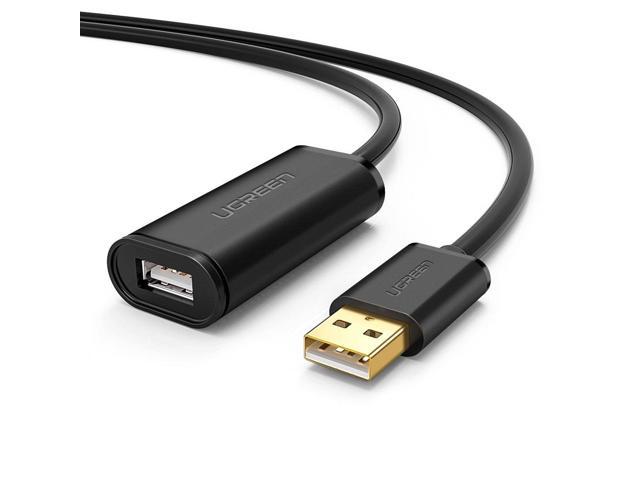Twenty homes were tested and monitored in the hot-humid climate of Houston, Texas, U.S.A., to evaluate the humidity control performance and operating cost of six different integrated dehumidification and ventilation systems that could be applied by production homebuilders. Temperature and relative humidity were monitored at four living-space locations and in the conditioned attic where the space-conditioning equipment and air-distribution ducts were located. Equipment operational time was monitored for heating, cooling, dehumidification, and ventilation. Results showed that energy efficiency measures, combined with controlled mechanical ventilation, change the sensible and latent cooling load fractions such that dehumidification separate from the cooling system is required to maintain indoor relative humidity below 60% throughout the year. The system providing the best overall value, including humidity control, first cost, and operating cost, involved a standard dehumidifier located in a hall closet with a louvered door and central-fan-integrated supply ventilation with fan cycling.















